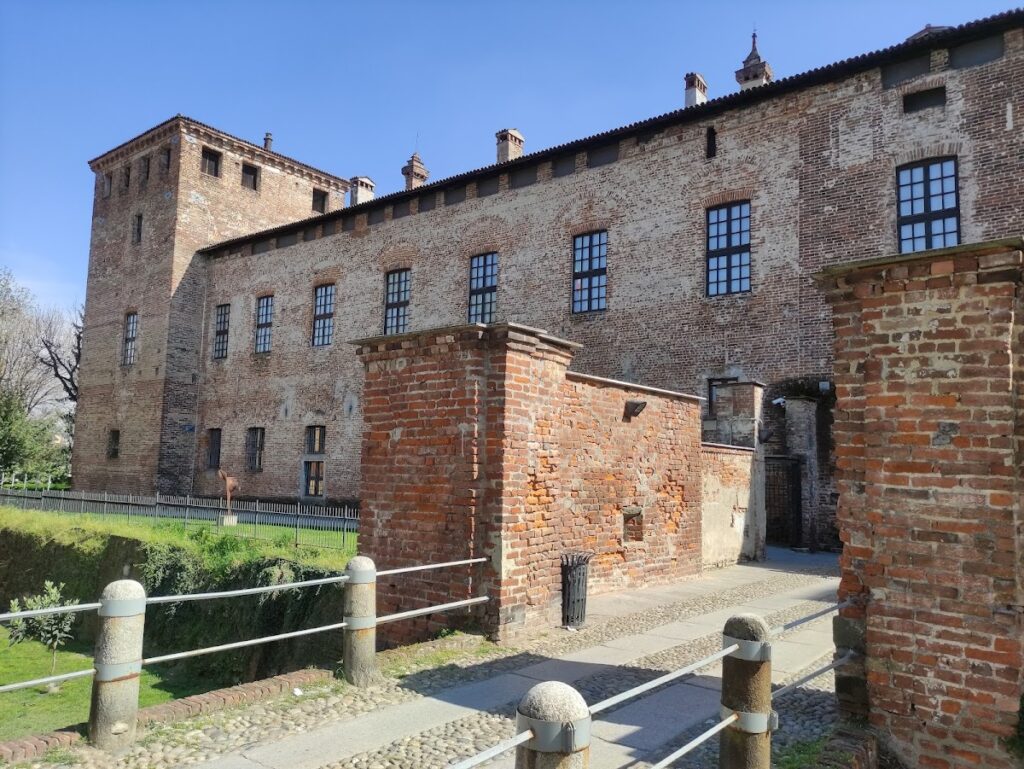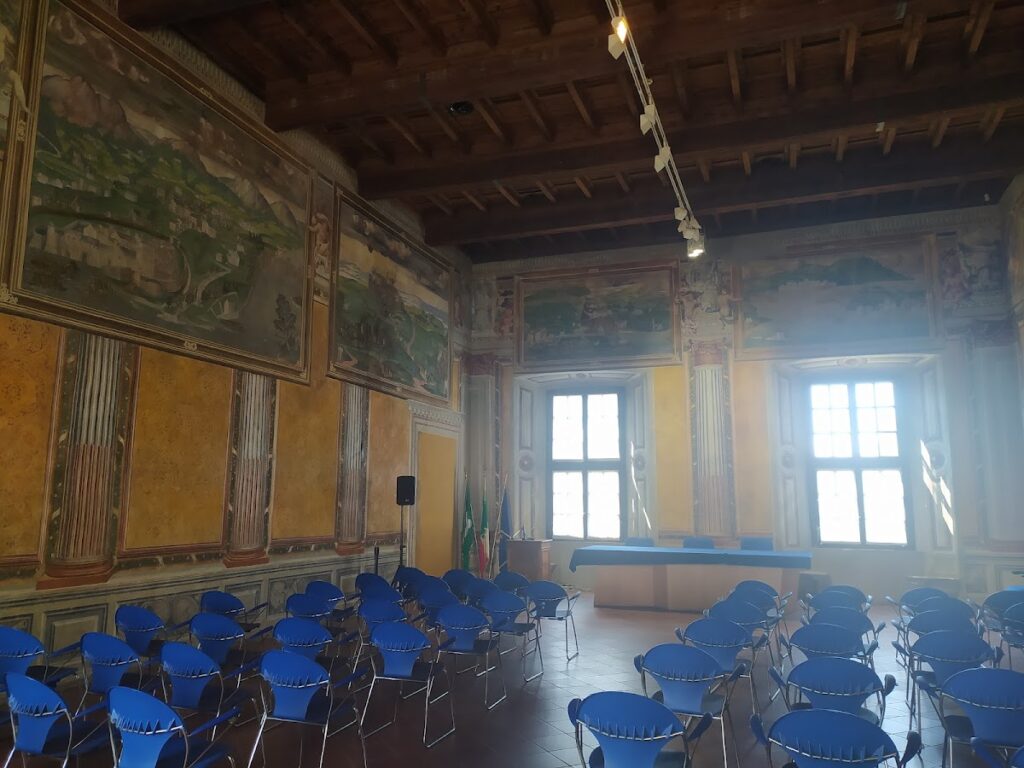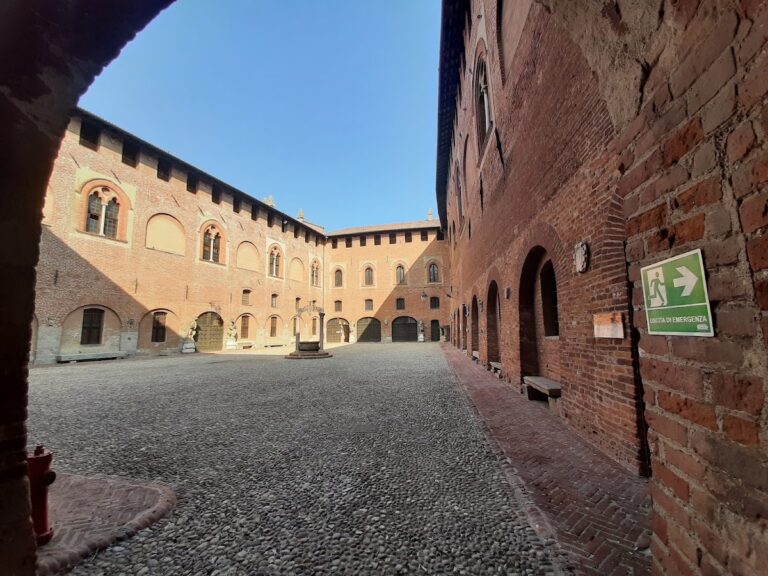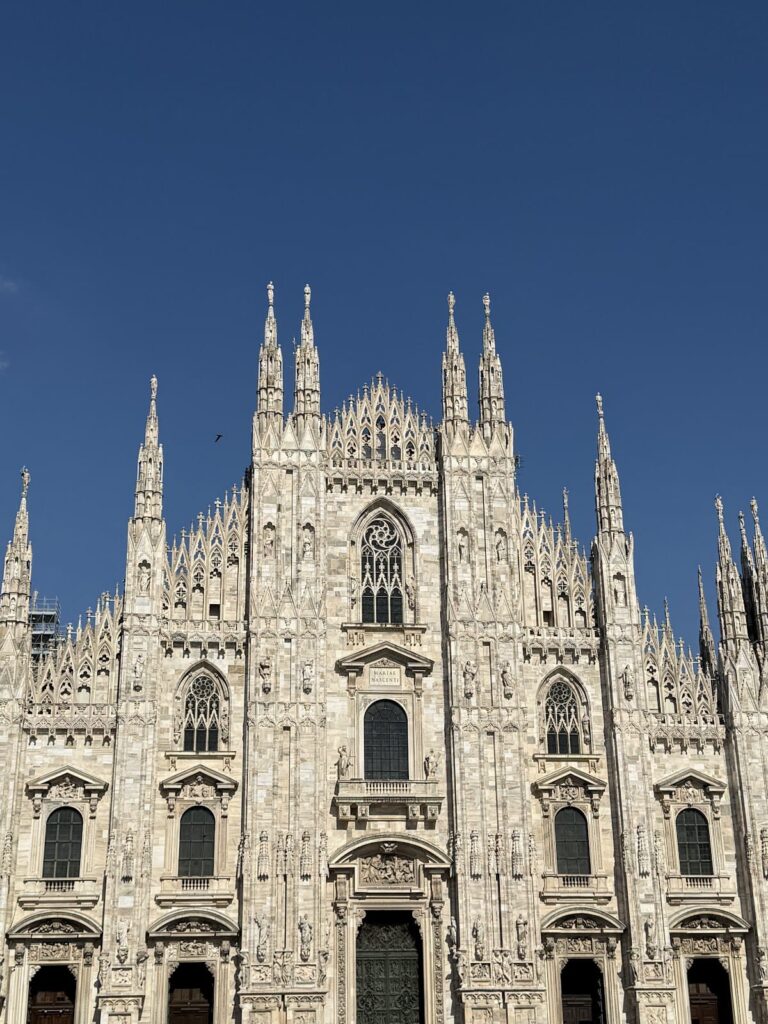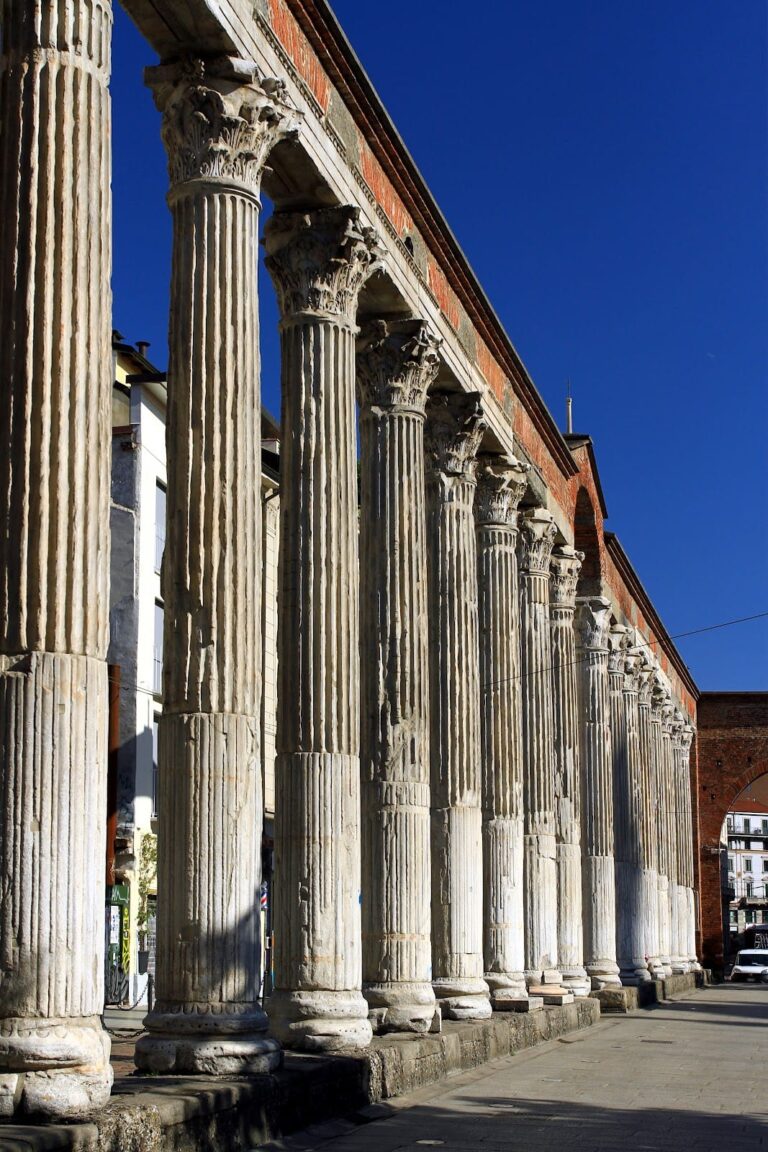Melegnano Castle: A Historic Fortress and Noble Residence in Italy
Visitor Information
Google Rating: 4.2
Popularity: Medium
Google Maps: View on Google Maps
Official Website: www.comune.melegnano.mi.it
Country: Italy
Civilization: Unclassified
Remains: Military
History
Melegnano Castle stands in the town of Melegnano, Italy, and was originally established by the Milanese civilization as a defensive stronghold. Its origins trace back to a fortification built on the site, likely dating to the 10th century, which was destroyed in 1239. The present castle began construction in 1243 under Cattellano Carbone, who served as podestà (chief magistrate) of Milan. This early fortress was purposefully designed to protect Milan and its countryside, especially against raids led by Emperor Frederick II, the grandson of the famed Frederick Barbarossa.
During the late 13th century, the castle played a political role when it was the venue in 1279 for a peace treaty between the Milanese factions known as the Guelphs and Ghibellines. In the mid-14th century, significant expansions were carried out under the Visconti family, notably Matteo I and Bernabò Visconti. At this time, the fortress was reshaped into a quadrangular plan with distinctive square towers at each corner. After Bernabò Visconti’s death, ownership passed to Donnina de’Porri, his concubine.
The castle witnessed several notable events, including the deaths of important members of the ruling family. Gian Galeazzo Visconti, the first Duke of Milan, died there in 1402, followed decades later by Duchess Bianca Maria Visconti in 1468. Military conflict continued to affect the site; in 1449, the rear section was destroyed during an assault led by Duke Francesco Sforza’s forces.
In the early 16th century, ownership transferred to the Brivio marquises but was soon sold with imperial approval to Gian Giacomo Medici in 1532. Bearing the surname Medici di Marignano, this branch of the Medici family invested heavily in restoring and decorating the castle. They maintained possession for several centuries until the late 20th century, when the final heirs sold the estate to the Province of Milan. Since then, efforts have focused on its restoration and historical presentation.
Remains
The castle is constructed entirely of brick and originally featured a rectangular layout with turrets and a surrounding moat. Today, its plan is U-shaped due to the loss of the rear portion destroyed in the mid-15th century conflict. The main façade faces Piazza della Vittoria and retains much of its original military appearance, although some pointed-arch windows were replaced with rectangular ones during 16th-century renovations that shifted the castle’s use from fortress to noble residence.
Two of the four original square towers remain standing, each around ten meters wide. The castle’s sides extend approximately 75 meters in length. The upper walls are crowned with Guelph-style battlements, a design characterized by squared crenellations. Remains of the original defensive moat, historically called “Fossa Medici,” survive in parts and once connected to the Lambro River. At the front, traces of a former ravelin—a triangular defensive outwork—are visible, including two lateral walls equipped with loopholes and cannon openings designed for artillery defense.
The entrance once featured a drawbridge, since replaced by a fixed bridge. Passing through the main brick portal leads visitors to a grand staircase notable for its brick steps arranged in a herringbone pattern with separating stone bands, constructed to enable riders to ascend on horseback. The internal courtyard is surrounded by arcades with semicircular arches mounted on rusticated stone pillars, which historically housed living quarters, stables, and hay storage.
Inside, the castle contains an exceptional series of mid-16th-century frescoes celebrating the Medici di Marignano family and their military and civic achievements. These paintings exemplify the Lombard Mannerist style and cover much of the first floor, though some have suffered from humidity and neglect over time.
Several rooms boast remarkable decorations. The atrium and grand staircase walls feature floral designs, mythological scenes such as Phaethon driving the sun chariot, and heraldic symbols representing the Medici family and their noble allies. The Sala del Camino di Siena centers on a monumental stone fireplace adorned with sculpted telamons (supporting figures) and frescoes recounting wars in Siena connected to Gian Giacomo Medici’s victories.
Adjacent rooms include the Sala dell’Imperatore, which honors Holy Roman Emperors, especially Charles V, with frescoes of German cities and allegories inspired by Sebastian Münster’s Cosmographia Universalis. The Sala delle Stagioni portrays Greco-Roman deities that symbolize the seasons, such as Janus and Venus, while the Sala delle Battaglie vividly depicts nine battle scenes led by Gian Giacomo Medici, framed by painted architectural illusions and enriched by a fireplace illustrating the myth of Vulcan’s forge.
The Sala di Ercole serves as a grand antechamber lined with eighteen frescoes illustrating episodes from Hercules’ life, emphasizing themes of strength and heroism. The Sala degli Argonauti, believed to have been the marquis’ private study and dated around 1565, illustrates the legend of Jason and the Argonauts, with images of the Argo, Medea’s magic, and the quest for the Golden Fleece, attributed to the artist Bernardino Campi.
Another chamber, the Sala degli Stemmi, later converted into a private chapel, displays sixteen painted coats of arms representing noble families allied or related to the Medici di Marignano, including Visconti, Sforza, Borromeo, and Gonzaga. The Sala di Enea presents frescoes narrating the journey of Aeneas to Italy and the founding of Roman civilization. Lastly, the Saletta di Pio IV contains frescoes inspired by Ovid’s Metamorphoses, depicting creation myths, stories of Prometheus, battles between gods and giants, the great flood, and allegories of the arts such as Rhetoric and Astronomy.
Throughout the castle, the frescoes blend mythological, heroic, and contemporary themes that reflect the Medici family’s rise from modest origins to significant military, civil, and ecclesiastical power, epitomized by Cardinal Giovanni Angelo Medici’s elevation to Pope Pius IV. These richly decorated interiors remain a testament to the castle’s layered history and its importance as a seat of power and culture in Lombardy.
